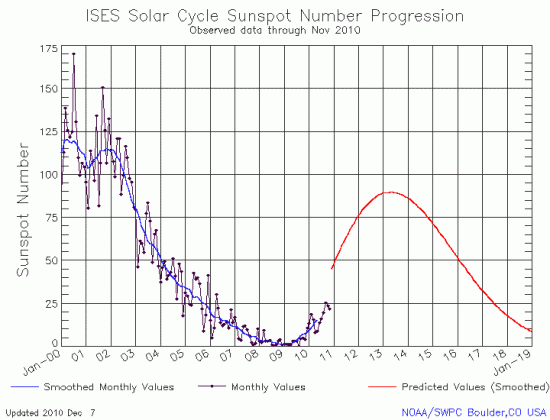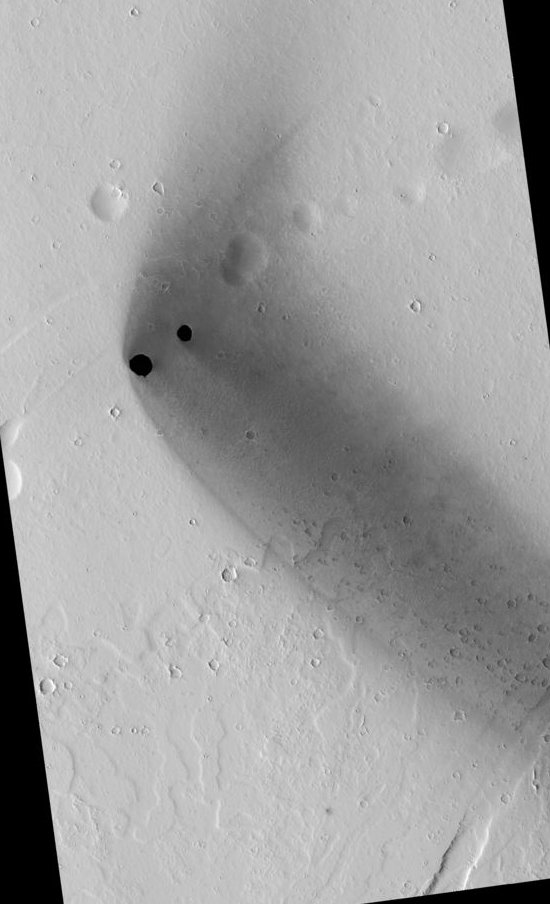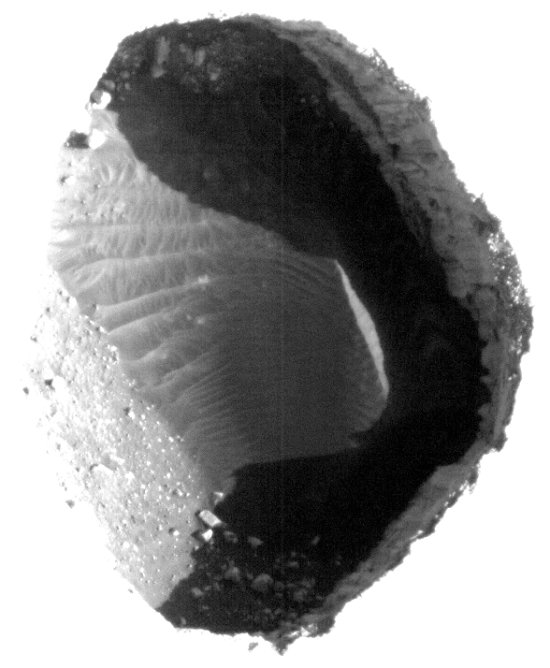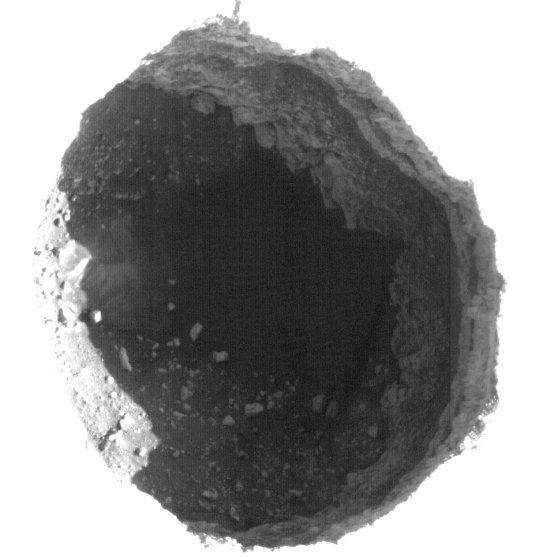Clouding the climate picture
Two seemingly conflicting research papers, both focusing on how the formation of clouds might affect, or be affected by, global temperatures, actually end up combining to show that the world’s climate models can’t be trusted. In other words the basic science of predicting climate change remains seriously flawed.
At issue in both papers is how much and under what circumstances clouds help to warm or cool the planet. Do they reflect solar energy back into space or hold it within the atmosphere like a blanket – and by how much? The answer is crucial to determining where global temperatures will be heading in this century – and what if any policies the world’s governments should be adopting to deal with the situation.
The latest research, appearing this week in the journal Science, is the work of Andrew Dessler of Texas A&M University. In it he examines the weather-satellite databases covering atmospheric conditions over the past 10 years, looking for discernible patterns where changes in temperature have resulted in changes in cloud cover, or vice versa.
In particular, Dessler chooses El Niño and La Niña events in the Pacific Ocean. El Niño, which occurs every three to seven years, is accompanied by an enormous finger of warm water extending eastward along the tropical Pacific, all the way to South America and first appearing around year end. La Niña, which also erupts periodically, produces the opposite effect – a large zone of colder-than-normal water stretching across the Pacific. Both events tend to attract attention, because they usually generate severe weather affecting large areas of North and South America and elsewhere.
El Niño and La Niña are ideal subjects for climate researchers. They both develop quickly and produce, respectively, recognizable spikes and troughs in temperatures. For example, scientists studying the relationship of clouds to temperature can observe changes in cloud cover over the Pacific that precede, coincide with, and follow El Niño and La Niña and then use those changes to estimate how cloud cover affects or is affected by air temperature.
As Dessler describes in the Science paper, he did find evidence of what he calls a small positive feedback, meaning that clouds may prevent some solar heat from radiating into space, thereby warming the planet. He also doesn’t rule out the possibility of a small negative feedback, but says it probably isn’t large enough to overcome other factors contributing to warming.
But Dessler includes several assertions in his text that completely debunk the idea that climate science is “settled,” as asserted by former Vice President Al Gore and a host of others. For example, early on in the paper, Dessler acknowledges that “the most complex and least understood” of climate-feedback mechanisms is cloud feedback. And later on, he admits that “what we really want to determine is the cloud feedback in response to long-term climate change. Unfortunately, it may be decades before a direct measurement is possible.”
The earlier paper, published in the summer of 2010 in the Journal of Geophysical Research, by Roy Spencer and William Braswell of the University of Alabama at Huntsville, goes much farther in challenging the cloud-temperature link. The global warming community has tried for years to discredit Spencer’s work and to brand him as a “denier,” partly because for more than a decade he has produced findings that call into question the reliability of the host of earthbound instruments used to collect global temperature data.
Such accusations have been entirely unfair, because even Spencer, in his eminently readable and informative blog, has asserted from time to time that he isn’t sure whether the climate is changing and human activity is responsible. What gets him into trouble with the conventional wisdom is his emphasis on what’s wrong with current climate science and what remains unknown – and though it’s a short list, it’s formidable:
- “Everyone agrees that the net effect of clouds is to cool the climate system on average. But the climate models suggest that the cloud feedback response to the addition of [carbon dioxide] to our current climate system will be just the opposite, with cloud changes acting to amplify the warming.” [Ed. To put it more simply, clouds cool the climate, except when they are used in global warming climate models.]
- “While we know that evaporation increases with temperature, we don’t know very much about how the efficiency of precipitation systems changes with temperature.”
- “There [is] a variety of processes … which can in turn alter the balance between evaporation and precipitation, which will then cause warming or cooling as a result of the humidity change – rather than the other way around.”
[Ed. Concerning the second and third quotes: Since water vapor in the atmosphere is by far the most powerful greenhouse gas, far more important than carbon dioxide, not understanding its detailed relationship with temperature means no model can do a reliable job of predicting the climate.]
In their paper Spencer and Braswell likewise look at the relationship between clouds and temperature. In an extremely detailed and – even to climate researchers – dense examination of the same satellite database, the two authors present an argument that separates the phenomenon of cloud formation from anything relating to temperature changes. As Spencer comments in his blog, regarding the feedback data, “even the experts in the field apparently did not understand them.”
But even interested lay readers can glean the gist of Spencer and Braswell’s findings simply by looking at the graphs they present, which contain jumbles of data points suggesting a complete disconnect between cloud formation and temperatures. This is a strong indication that we don’t know which is the cause and which is the effect, though most climate researchers assume temperature is the cause and clouds are the effect. At best, the researchers conclude, there’s evidence for a slight negative feedback – clouds causing cooling when temperatures rise – but overall there appears to be no link between the two phenomena over long periods.
“I cannot remember a climate issue of which I have ever been so certain,” as Spencer wrote about this finding on his blog.
The debate over the cloud-temperature link is bound to go on, but these two papers should make one thing clear: Until the connection between cloud formation and temperature is established or debunked once and for all, the models being used to predict future climate cannot be trusted. So perhaps when the new Congress looks at climate-related issues its members might want to consider them in this context.




